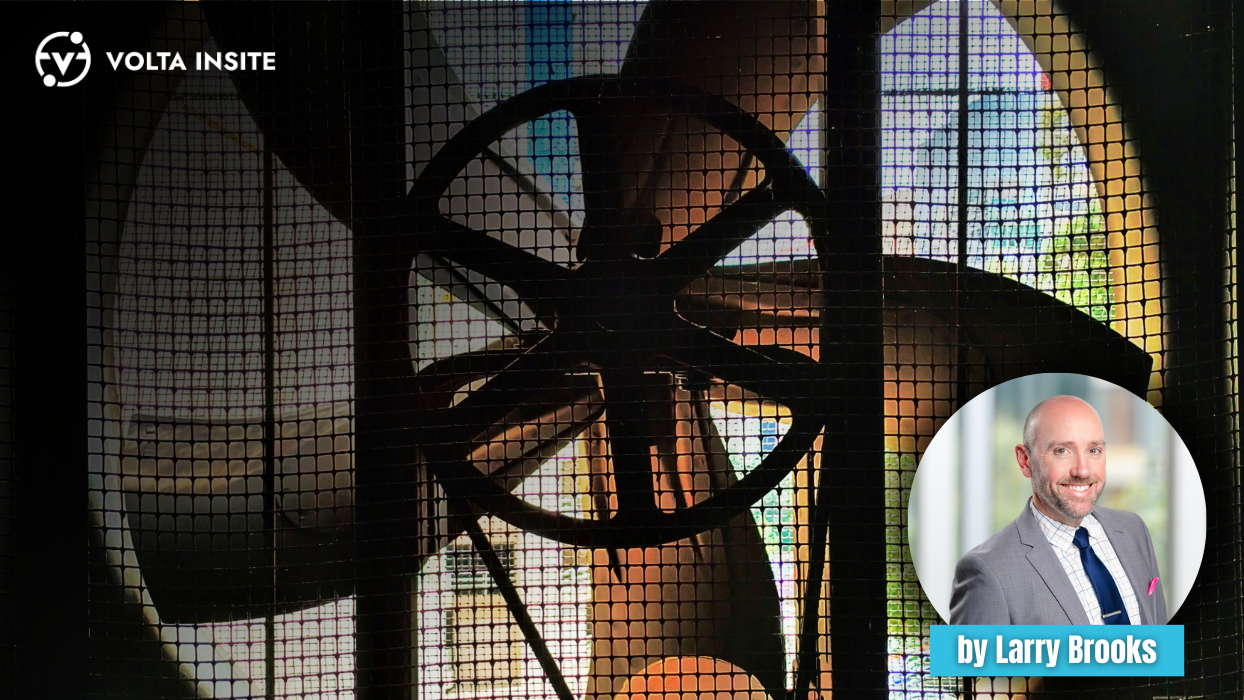
A Guide to Predictive Maintenance for Industrial Fan Systems
 26/12/2024
26/12/2024
 Back to Articles
Back to Articles

Industrial fans play a critical role in maintaining optimal performance for motors, gears, and pumps in manufacturing and industrial settings. Whether used for cooling, ventilation, or exhaust, these fans ensure the safe and efficient operation of machinery. However, like all mechanical components, they are prone to wear and tear, which can lead to failures that disrupt operations and increase maintenance costs. Predictive maintenance offers a proactive approach to managing fan performance for long-term reliability and efficiency.
Understanding the Challenges of Industrial Fan Maintenance
Industrial fans operate under demanding conditions, often running continuously in environments filled with dust, moisture, or extreme temperatures. Over time, these conditions contribute to issues such as:
-
Imbalanced Blades: Dust buildup or uneven wear can cause imbalances that strain motors and bearings.
-
Bearing Wear: Bearings degrade due to friction, leading to noise, vibration, and eventual failure.
-
Motor Overload: Restricted airflow or increased resistance can overload the motor, reducing its lifespan.
-
Contamination: Dirt, grease, and other contaminants can block airflow or damage fan components.
These challenges, if left unaddressed, can lead to unplanned downtime, increased energy consumption, and expensive repairs.
The Predictive Maintenance Advantage
Predictive maintenance uses real-time monitoring and advanced analytics to detect signs of potential failures in industrial fans. By identifying issues early, facilities can schedule maintenance before problems escalate. Here’s how predictive maintenance benefits fan systems:
#1: Real-Time Monitoring
Sensors installed on fans can track critical parameters such as vibration, temperature, and rotational speed. This data provides immediate insights into the fan’s condition.
#2: Early Detection of Anomalies
Predictive maintenance systems use analytics to detect deviations from normal operating conditions, signaling when a component is nearing failure.
#3: Optimized Maintenance Scheduling
Rather than relying on fixed maintenance schedules, predictive maintenance ensures servicing is performed only when necessary, reducing unnecessary downtime.
#4: Extended Equipment Lifespan
Addressing issues early reduces strain on the system, prolonging the life of fans and related components like motors and gears.

Implementing Predictive Maintenance for Fans
Integrating predictive maintenance into your operations involves several key steps:
#1: Install Sensors
Equip fans with vibration, temperature, and pressure sensors to collect real-time performance data.
#2: Leverage AI and Data Analytics
Use AI-driven platforms to analyze sensor data, identifying patterns and trends that precede failures.
#3: Perform Root Cause Analysis
When anomalies are detected, conduct a root cause analysis to address the underlying issue, preventing recurrence.
#4: Develop a Proactive Maintenance Plan
Incorporate predictive maintenance insights into your overall maintenance strategy to prioritize repairs and minimize disruptions.
#5: Train Staff on New Technologies
Ensure your maintenance team understands how to use predictive maintenance tools and interpret the data effectively.
Key Metrics to Monitor
Predictive maintenance focuses on monitoring critical metrics to assess fan performance:
-
Vibration Levels: Increased vibration may indicate imbalanced blades, bearing wear, or alignment issues.
-
Temperature Changes: Overheating often points to restricted airflow or motor overload.
-
Noise Patterns: Unusual sounds can signal mechanical wear or loose components.
-
Energy Consumption: Spikes in energy usage may suggest a fan is working harder than usual, often due to blockages or wear.

The Role of Predictive Maintenance in Cost Savings
Investing in predictive maintenance delivers measurable cost savings for facilities. By avoiding unplanned downtime, reducing energy consumption, and extending the lifespan of fans and related machinery, companies can achieve significant financial benefits. Additionally, predictive maintenance supports sustainability initiatives by optimizing energy usage and reducing waste from premature component replacement.
Why Choose Volta Insite
Volta Insite specializes in predictive maintenance solutions designed for industrial environments. Our advanced monitoring systems and AI-driven analytics empower facility managers to maintain efficient, reliable operations. By partnering with Volta Insite, you can ensure your fans and other critical equipment are always running at peak performance.
Don’t let fan performance issues disrupt your operations. Contact Volta Insite today to explore how our predictive maintenance solutions can enhance the efficiency and reliability of your facility.


